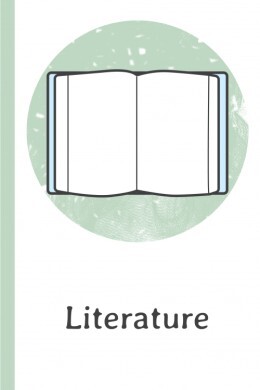

寓言
动物农场作为一部批判专制政权的政治寓言而存在。

暗示
小说的标题《美丽新世界》是对莎士比亚《暴风雨》的暗示,暗示了探索和发现的主题。

双关语
这位喜剧演员以在他的单口相声中使用双关语而闻名。

对照法
口号“活得快,死得早”是一个简洁的对立修辞,将生活的刺激与其脆弱性配对。

明喻
在小说中,作者使用了一个明喻来描述主人公的心脏像“失控的火车”一样跳动,传达了他们情感的强度。

隐喻
在小说中,风暴是主人公生活中混乱的隐喻。

提喻
短语“所有人都上甲板”是提喻的一个例子,其中“手”代表船的全体船员。

拟人化
他的文章分析了小说最后一章中希望的拟人化。

悖论
时间旅行的概念提出了一个悖论,因为它引发了关于因果关系和改变过去的可能性的问题。

主题
小说中反复出现的黑暗与光明的主题强调了善恶之间的对比,以及主人公的内心挣扎。

谐音
“西班牙的雨主要留在平原”这句话中的元音韵令人难忘。

拟声词
诗人经常使用拟声词通过语言唤起感官体验。

不和谐音
小说中不和谐声音的不和谐音反映了主人公内心的混乱和存在危机。

嘲笑
这部电影不是真诚的致敬,而是对原作意图的嘲弄。

夸张
当她说她饿得可以吃下一头大象时,很明显她在使用夸张法。

矛盾修辞法
她对房间里“震耳欲聋的沉默”的描述是一个矛盾修辞法,强调了争论后的紧张和静止。
